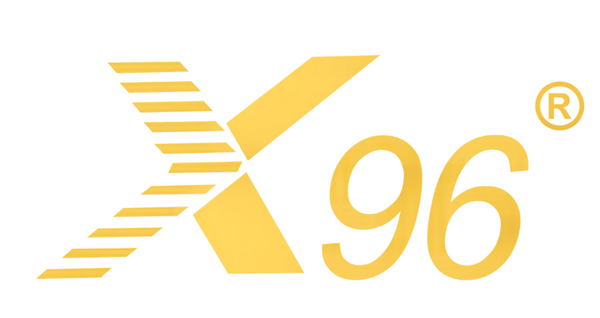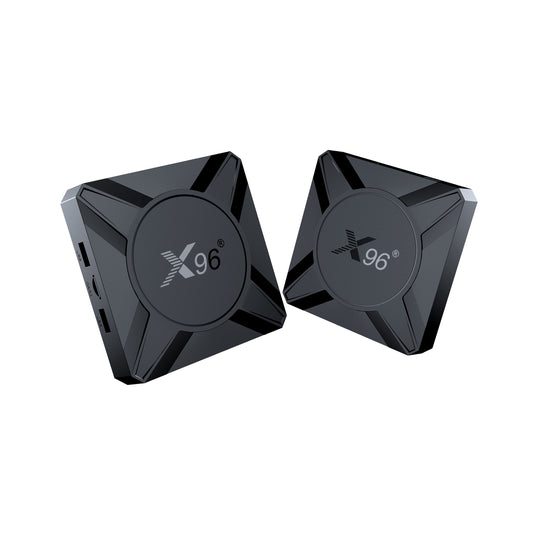
What IS IPTV And How Does It Work?
1. What IS IPTV?
IPTV, or Internet Protocol Television, is a method of delivering television content over the internet rather than through traditional terrestrial, satellite, or cable formats. It sends content in data packets using the internet protocol, thus relying on high-speed internet connections for streaming video and audio.
Key Features of IPTV:
-
Variety of Content: Offers live TV, video on demand (VOD), and time-shifted media (like catch-up TV services).
-
Interactivity: Users can choose what they want to watch and when, giving them more control compared to traditional TV broadcasting.
-
Integration with Internet Services: IPTV can integrate with other internet services, providing additional interactive features such as VoIP (Voice over IP) or video conferencing.
-
Multiscreen Viewing: IPTV services can be accessed on various devices, including smartphones, tablets, smart TVs, and computers, allowing for greater user flexibility.
-
Cost-Effectiveness: Often offers customizable subscription plans tailored to user preferences, potentially reducing costs compared to traditional cable services.
2. How Does IPTV Work?
-
Content Creation and Encoding: The content (live TV channels, on-demand movies, etc.) is first created and encoded into a digital format. This encoding allows for efficient transmission over the internet.
-
Transmission: The encoded content is then transmitted over a network (e.g., the internet) in small data packets using internet protocols.
-
Content Delivery Networks (CDNs) : These networks are deployed to distribute the content efficiently and ensure users can access them with minimal latency and buffering. They store copies of the content at various locations worldwide for quicker access.
-
Middleware: This acts as a bridge between the end-user and the server, managing user requests, subscriptions, and access control. Middleware also helps in integrating with user interfaces on IPTV applications.
-
User Interface: The user, on the receiving end, accesses the IPTV service through an application or a set-top box. This interface allows the user to browse channels, select content, and control playback similar to a traditional TV remote.
-
Internet Connection: A stable and high-speed internet connection is required to ensure smooth streaming and playback of content. This is crucial for delivering high-definition or 4K content without interruptions.
-
Content Viewing: The user selects the content they wish to view, and the IPTV system streams it to their device in real time or provides it for on-demand viewing. The data packets are received and then decoded to display the image and sound.
Types of IPTV Services
-
Live Television: This configuration delivers live TV broadcasts over the internet, similar to traditional TV but with internet streaming capabilities.
-
Time-Shifted TV: This allows users to watch previously broadcasted television shows at their convenience. It includes features like catch-up TV and start-over TV.
-
Video on Demand (VOD) : Users can select and watch video content whenever they choose, rather than at a scheduled broadcast time.
-
Near Video on Demand (NVOD) : A pay-per-view service intended for multiple users subscribing to a specific content. The same content is broadcast at staggered intervals on different channels.
-
TV on Demand (TVOD) : Similar to VOD, this allows users to purchase episodes or entire series to watch at their convenience.
-
Network PVR (nPVR) : Allows users to record live TV shows to a network server, enabling them to watch recorded content at any time.
-
Hybrid IPTV: Combines traditional TV services with IP-based delivery, integrating satellite TV, cable TV, and IPTV services.




